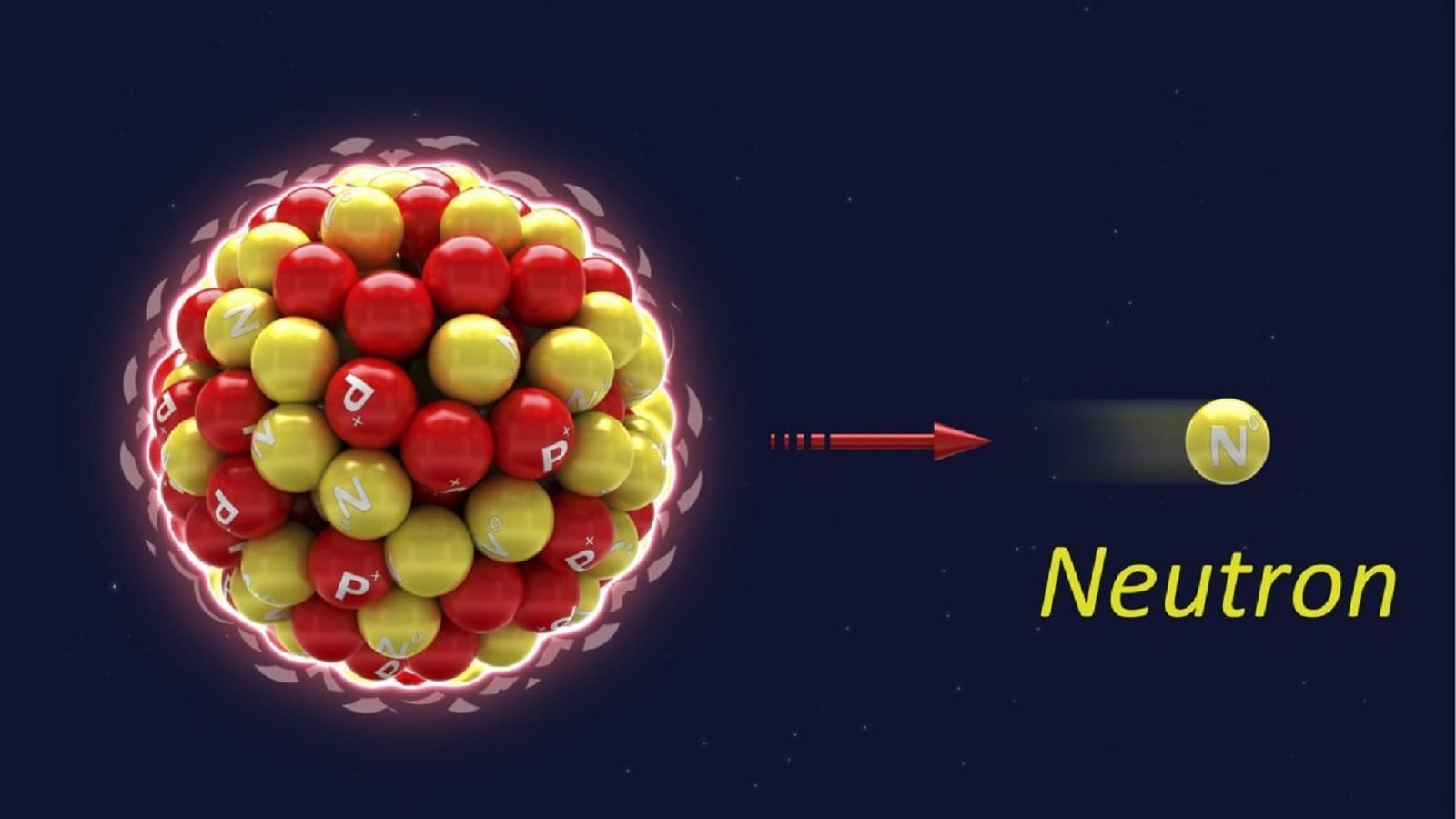

In addition, Stevance and her team have made their work open source, enabling additional researchers to rewind the clock on other stellar activity. The work illustrates the long, often circuitous scientific process: generations of astronomers, working on tangential questions about stars, unintentionally contributing to a new discovery decades later. That 15-year-old model, in turn, is built on star models that astronomers made in the 1970s. “When we first created this, we were years from gravitational waves even being detected,” Eldridge says. Stevance’s colleagues began to formulate their model of stars 15 years ago to study celestial objects in extremely distant galaxies, says Jan Eldridge, a lecturer in astrophysics at the University of Auckland and one of Stevance’s collaborators. The work on this neutron star merger builds on decades of astronomy research. This is where stellar genealogy can help. But if astrophysicists could observe more of these mergers, they could answer these and even deeper questions-such as how old the universe is. Researchers don’t know how common these mergers are, and they can’t tell whether they are responsible for creating all the heavy elements in the universe, or just a fraction. But overall, the signals presented more puzzles than answers.

They also figured out that such collisions create some of the heavier natural elements found in the universe, such as gold and platinum. From those signals, they deduced that the neutron stars were 1.1 to 1.6 times the mass of the Sun. This marked the first and only time scientists had seen such an event using gravitational waves. Known as a neutron star merger, they detected this event via ripples in spacetime-known as gravitational waves-and light produced by the resulting explosion. On August 17, 2017, astrophysicists witnessed two dead stars’ remnant cores, known as neutron stars, colliding into each other in a distant galaxy. “There’s a lot of drama in the lives of stars,” she says. Working at the University of Auckland in New Zealand, she traces the past lives of dead and dying stars, a process she calls stellar genealogy. When astronomers catch a glimpse of an unusual signal in the sky, perhaps the light from a star exploding, Stevance takes that signal and rewinds the clock on it by billions of years. Forget archaeologists and their lost civilizations, or paleontologists with their fossils-astrophysicist Heloise Stevance studies the past on an entirely different scale.


 0 kommentar(er)
0 kommentar(er)
